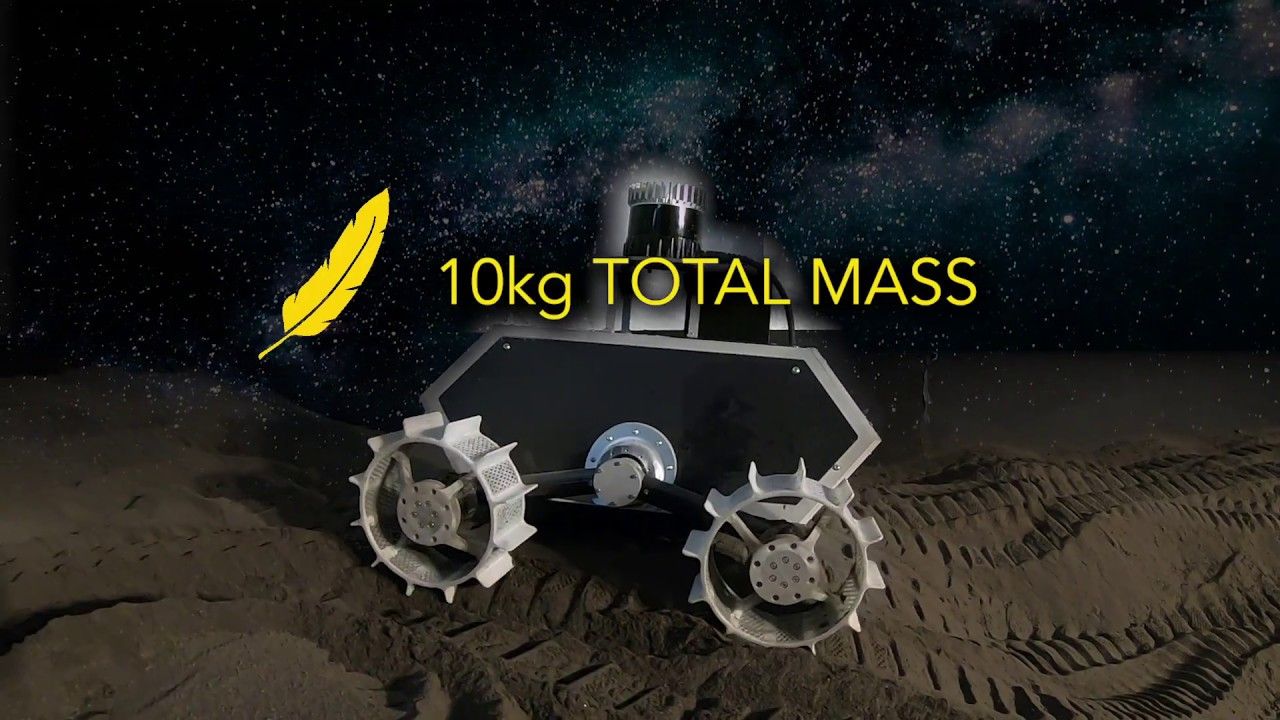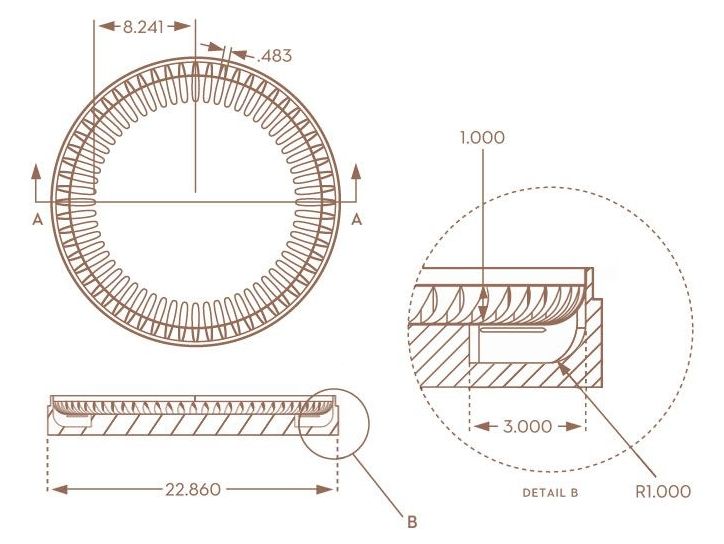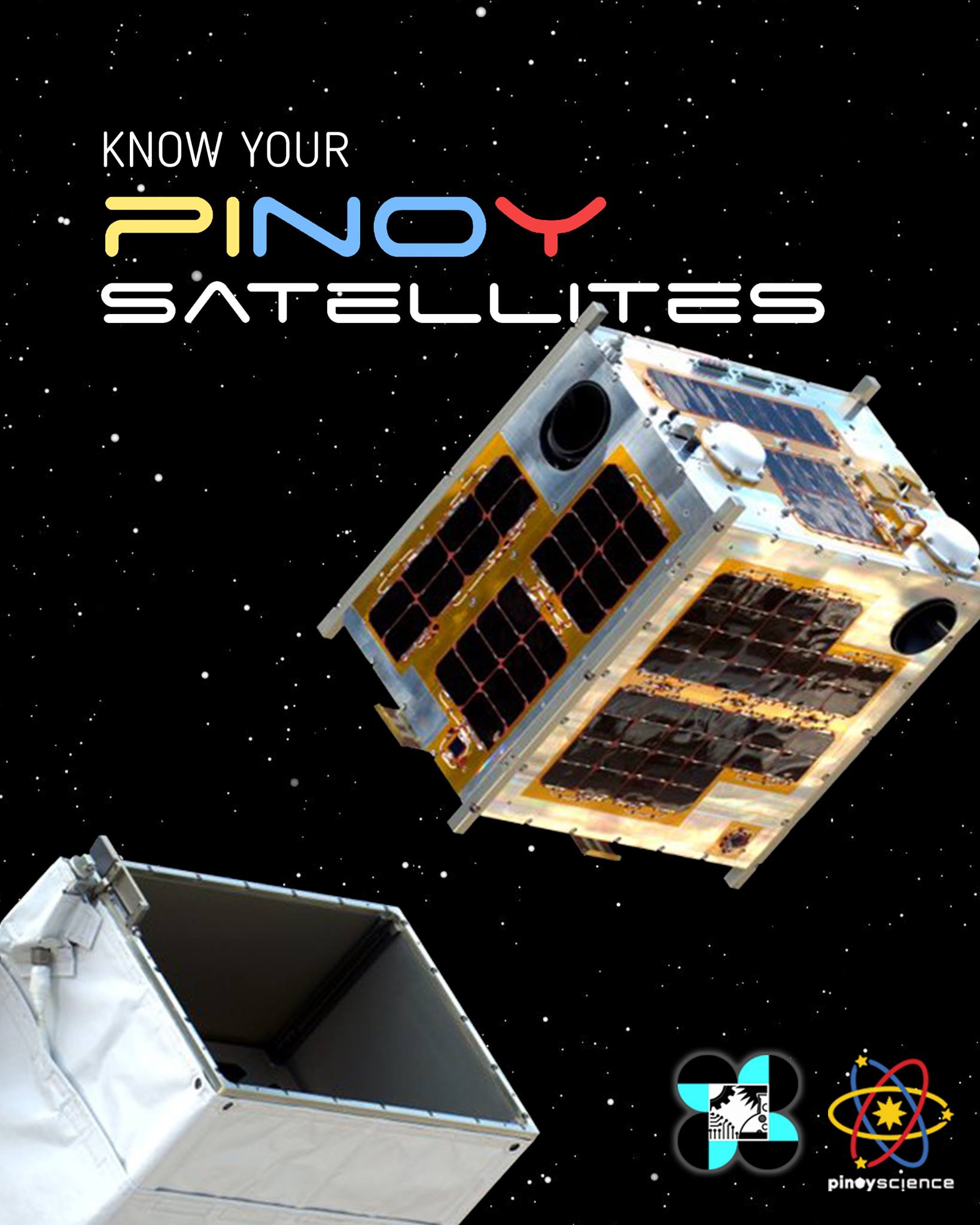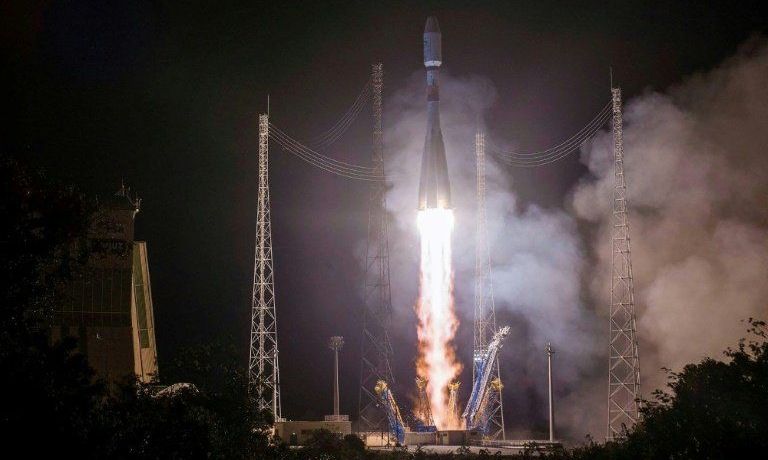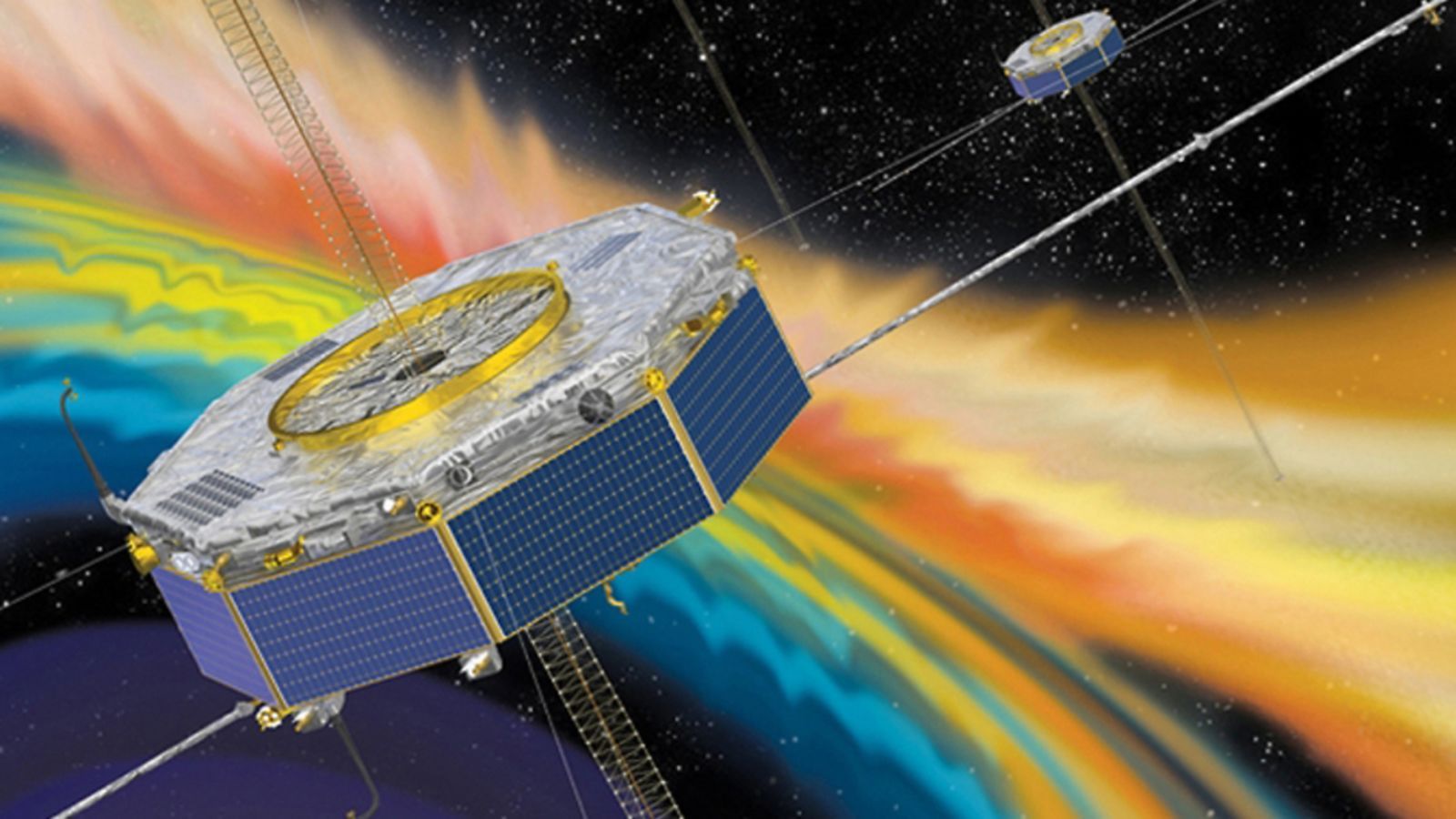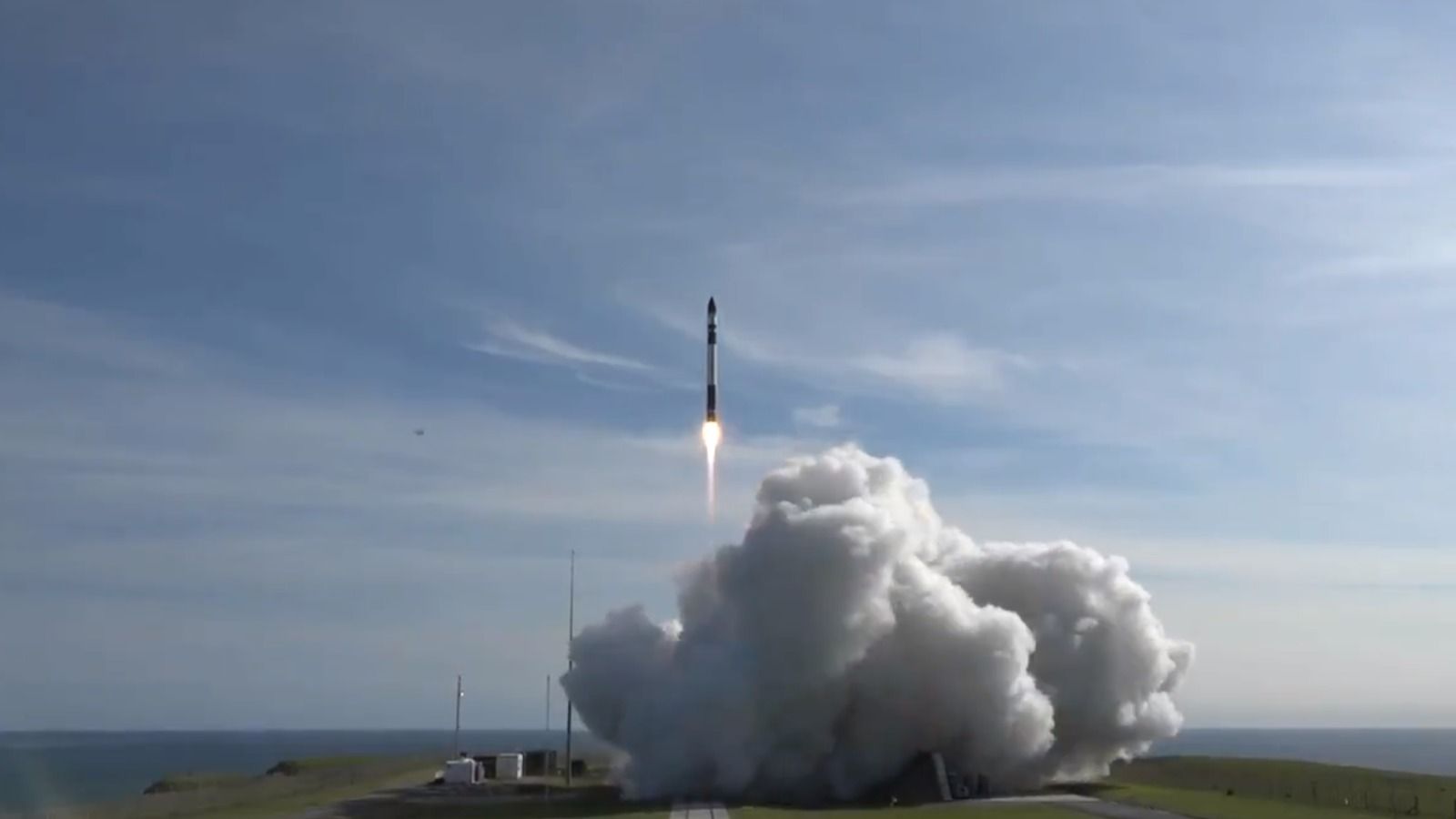Archive for the ‘satellites’ category: Page 157
Nov 22, 2018
Big test coming up for tiny satellites trailing Mars lander
Posted by Genevieve Klien in categories: entertainment, satellites

CAPE CANAVERAL, Fla. (AP) — A pair of tiny experimental satellites trailing NASA’s InSight spacecraft all the way to Mars face their biggest test yet. Their mission: Broadcast immediate news, good or bad, of InSight’s plunge through the Martian atmosphere on Monday. Named WALL-E and EVE after the main characters in the 2008 animated movie, the twin CubeSats will pass within a few thousand miles (kilometers) of Mars as the lander attempts its dicey touchdown. If these pipsqueaks manage to relay InSight’s radio signals to ground controllers nearly 100 million miles (160 million kilometers) away, we’ll know within minutes whether the spacecraft landed safely.
Nov 21, 2018
Improbable Thruster Seems to Work by Violating Known Laws of Physics
Posted by Genevieve Klien in categories: energy, physics, satellites
Every action creates an equal and opposite reaction. It’s perhaps the best known law of physics, and Guido Fetta thinks he’s found a way around it.
According to classical physics, in order for something—like a spaceship—to move, conservation of momentum requires that it has to exert a force on something else. A person in roller skates, for example, pushes off against a wall; a rocket accelerates upward by propelling high-velocity combusted fuel downward. In practice, this means that space vessels like satellites and space stations have to carry up to half their weight in propellant just to stay in orbit. That bulks up their cost and reduces their useful lifetime.
Nov 20, 2018
How well do you know your Filipino-made satellites?
Posted by Michael Lance in category: satellites
Nov 17, 2018
New space industry emerges: on-orbit servicing
Posted by Genevieve Klien in categories: energy, satellites
Imagine an airport where thousands of planes, empty of fuel, are left abandoned on the tarmac. That is what has been happening for decades with satellites that circle the Earth.
When satellites run out of fuel, they can no longer maintain their precise orbit, rendering them useless even if their hardware is still intact.
“It’s literally throwing away hundreds of millions of dollars,” Al Tadros, vice president of space infrastructure and civil Space at a company called SSL, said this month at a meeting in the US capital of key players in the emerging field of on-orbit servicing, or repairing satellites while they are in space.
Nov 16, 2018
Spacecraft Witness Explosion in Earth’s Magnetic Field
Posted by Genevieve Klien in categories: particle physics, satellites
Magnetic fields around the Earth release strong bursts of energy, accelerating particles and feeding the auroras that glow in the polar skies. On July 11, 2017, four NASA spacecrafts were there to watch one of these explosions happen.
The process that produces these bursts is called magnetic reconnection, in which different plasmas and their associated magnetic fields interact, releasing energy. The Magnetospehric Multiscale Mission (MMS) satellites launched in 2015 to study the places where this reconnection process occurs. This newly released research shows for the first time that the mission encountered one of these reconnection sites in the night side of the Earth’s magnetic field, which extends behind the planet as a long “magnetotail.”
Nov 15, 2018
FCC tells SpaceX it can deploy up to 11,943 broadband satellites
Posted by Genevieve Klien in category: satellites
SpaceX today received US approval to deploy 7,518 broadband satellites, in addition to the 4,425 satellites that were approved eight months ago.
The Federal Communications Commission voted to let SpaceX launch 4,425 low-Earth orbit satellites in March of this year. SpaceX separately sought approval for 7,518 satellites operating even closer to the ground, saying that these will boost capacity and reduce latency in heavily populated areas. That amounts to 11,943 satellites in total for SpaceX’s Starlink broadband service.
SpaceX “proposes to add a very-low Earth orbit (VLEO) NGSO [non-geostationary satellite orbit] constellation, consisting of 7,518 satellites operating at altitudes from 335km to 346km,” the FCC said in the draft of the order that it approved unanimously today. The newly approved satellites would use frequencies between 37.5 and 42GHz for space-to-Earth transmissions and frequencies between 47.2 and 51.4GHz for Earth-to-space transmissions, the FCC said.
Continue reading “FCC tells SpaceX it can deploy up to 11,943 broadband satellites” »
Nov 12, 2018
This Is How The Genius Elon Musk Will Give Free WiFi To The Entire Planet
Posted by Nicholi Avery in categories: Elon Musk, internet, satellites, sustainability
The very same guy, who invented PayPal, created the Tesla Cars, plans to create “SolarCities” and developed cars that will make money for you when you don’t use them, has ANOTHER brilliant idea. Elon Musk plans to launch 4,000 low-orbit satellites in order to give free internet access worldwide, two of them has already been launched a month ago.
Continue reading “This Is How The Genius Elon Musk Will Give Free WiFi To The Entire Planet” »
Nov 11, 2018
Rocket Lab Completes First Commercial Launch of Its Electron Rocket
Posted by Genevieve Klien in category: satellites
U.S.-based aerospace manufacturer Rocket Lab completed its first successful commercial launch on Saturday, sending seven spacecraft including “six tiny satellites and a drag sail demonstrator” into orbit aboard a relatively small Electron rocket designed primarily for smallsats and cubesats, Spaceflight Now reported.
Nov 11, 2018
Quantum ‘compass’ could allow navigation without relying on satellites
Posted by Genevieve Klien in categories: quantum physics, satellites
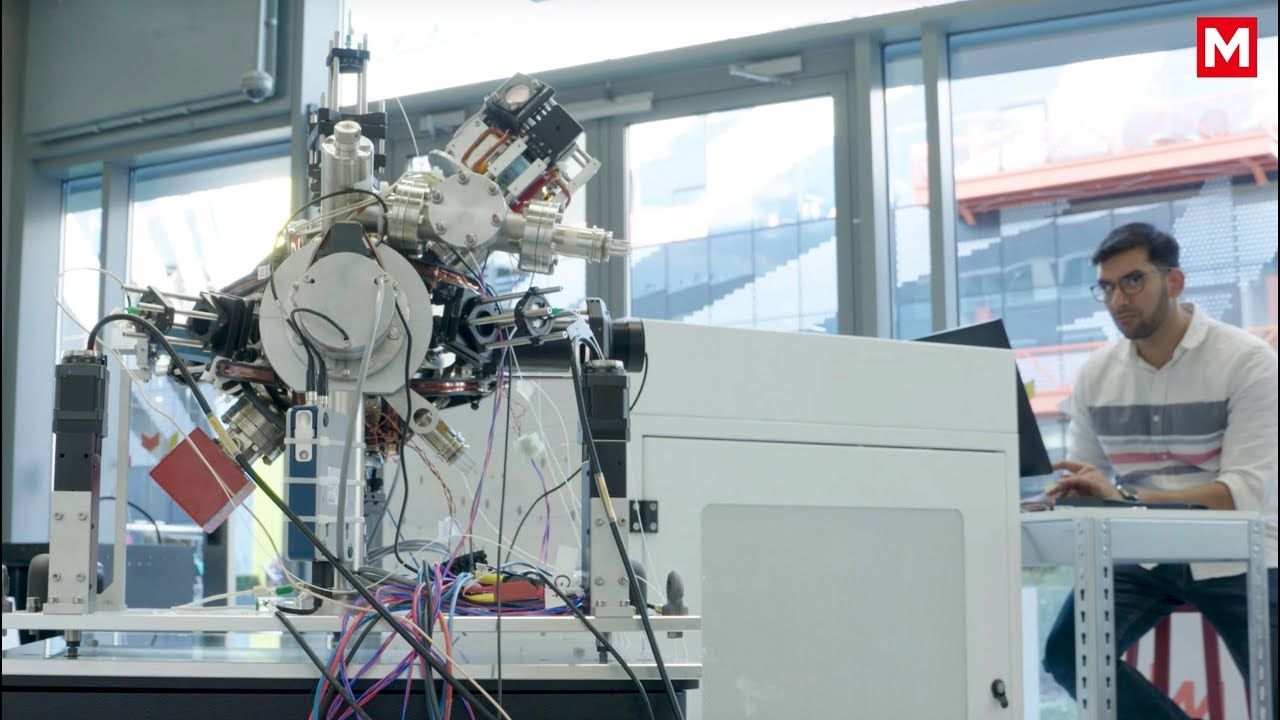
The UK’s first quantum accelerometer for navigation has been demonstrated by a team from Imperial College London and M Squared.
Most navigation today relies on a global navigation satellite system (GNSS), such as GPS, which sends and receives signals from satellites orbiting the Earth. The quantum accelerometer is a self-contained system that does not rely on any external signals.
Continue reading “Quantum ‘compass’ could allow navigation without relying on satellites” »
